Figures
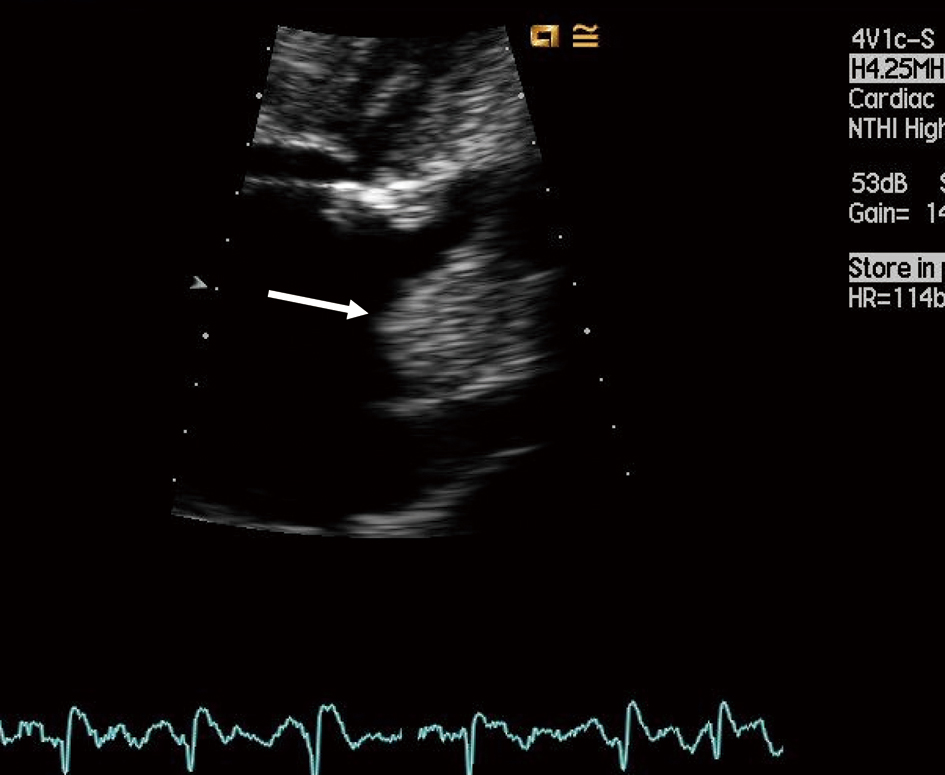
Figure 1. Large thrombus protruding from the left atrial appendage (arrow) as seen by transesophageal echocardiography.
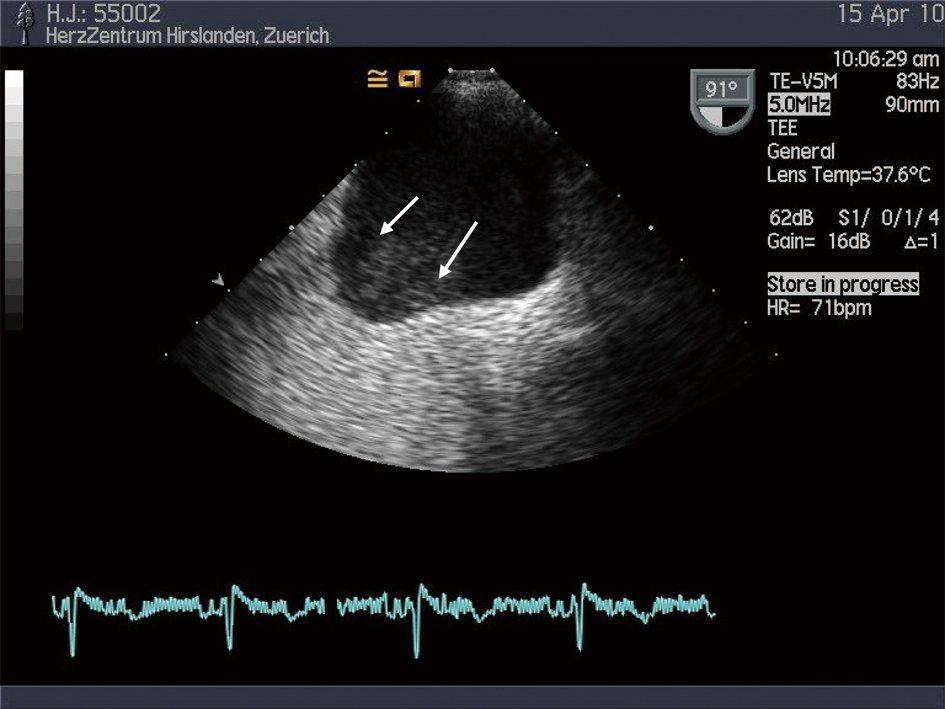
Figure 2. Spontaneous echo contrast (white arrows) in a dilated left atrium, hinting to high thrombogenicity.
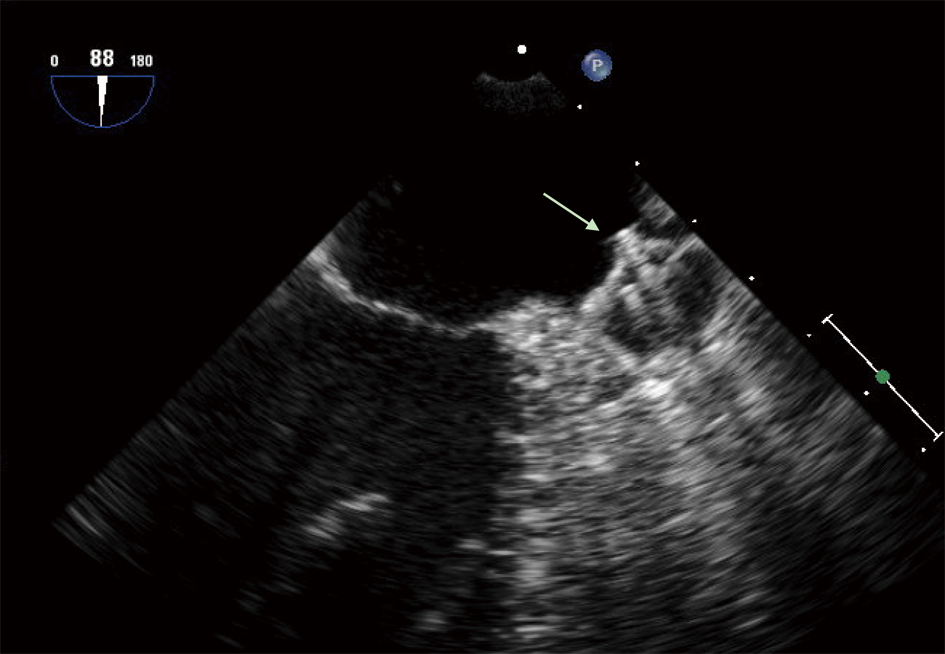
Figure 3. Transoesophageal echo view showing a Watchmann® device (arrow) filling the LAA lumen.

Figure 4. Amplatzer Cardiac Plug® LAA-occluder prior to release showing optimal lobe (white arrows) and disc (black arrows) position.

Figure 5. Example of an incorrect transseptal puncture. In this particular case no pericardial effusion or tamponnade results, because of extensive adhesions after cardiac surgery. Furthermore, soft injection of dye during advancement, allows early location of the ectopic position of the needle before pushing the sheath and dilator through the interatrial septum.
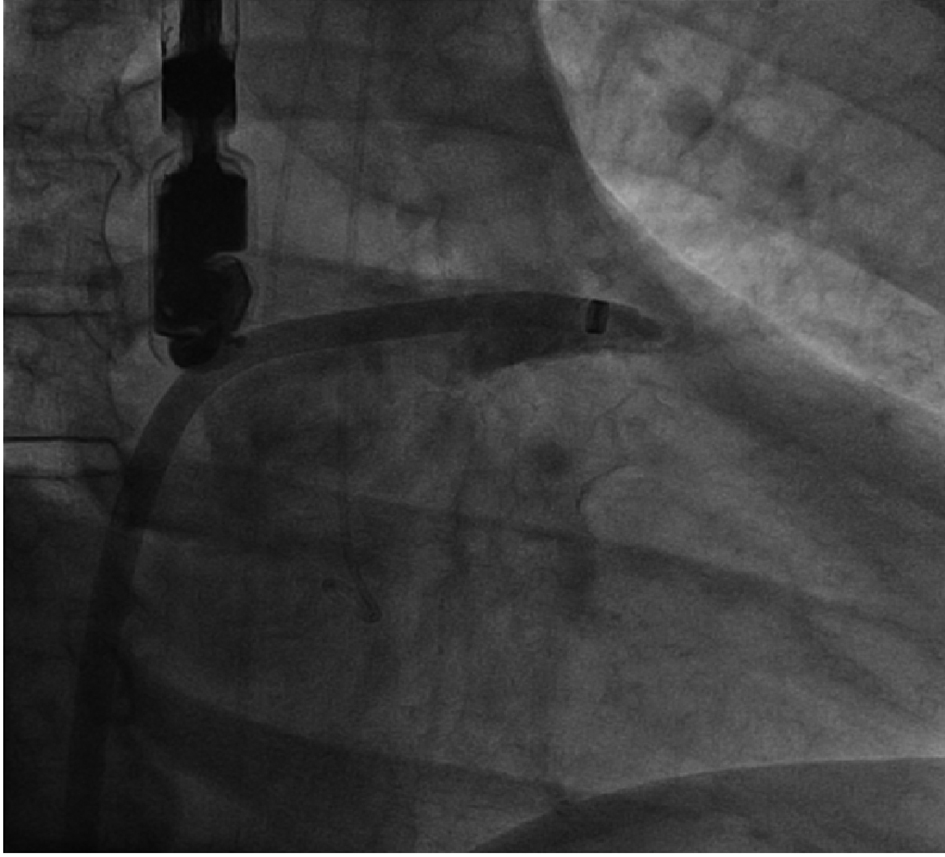
Figure 6. Access sheath deeply engaged in the LAA. Forceful contrast injection or inadvertent sheath movement may lead to wall laceration and tamponnade.
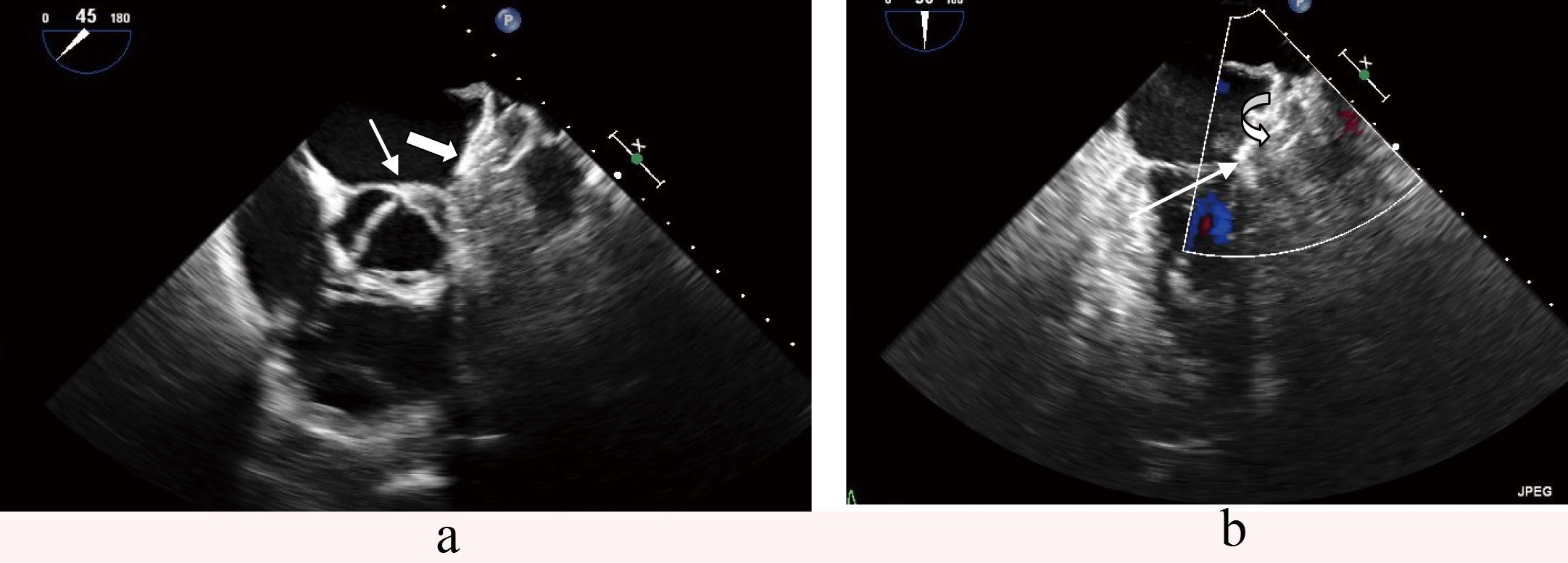
Figure 7. a: Adequate space between the aortic root (arrow) and the disc of the Amplatzer Cardiac Plug® (thick arrow). b: No impingement of the device (full arrow) on the mitral valve annulus (arrow).
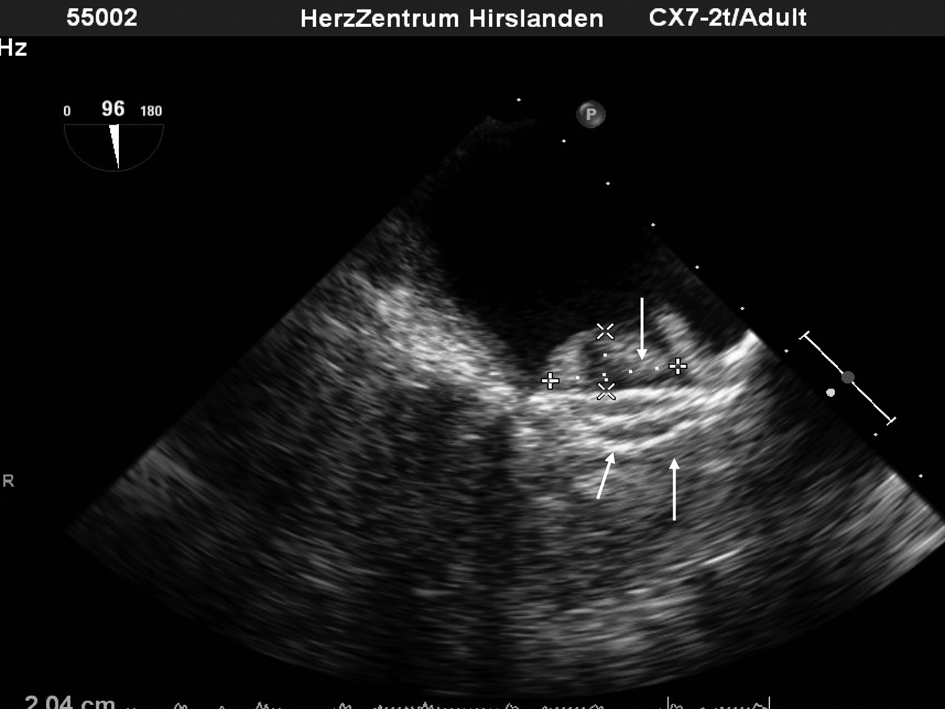
Figure 8. Large thrombus (x) formation on an device (arrows).








